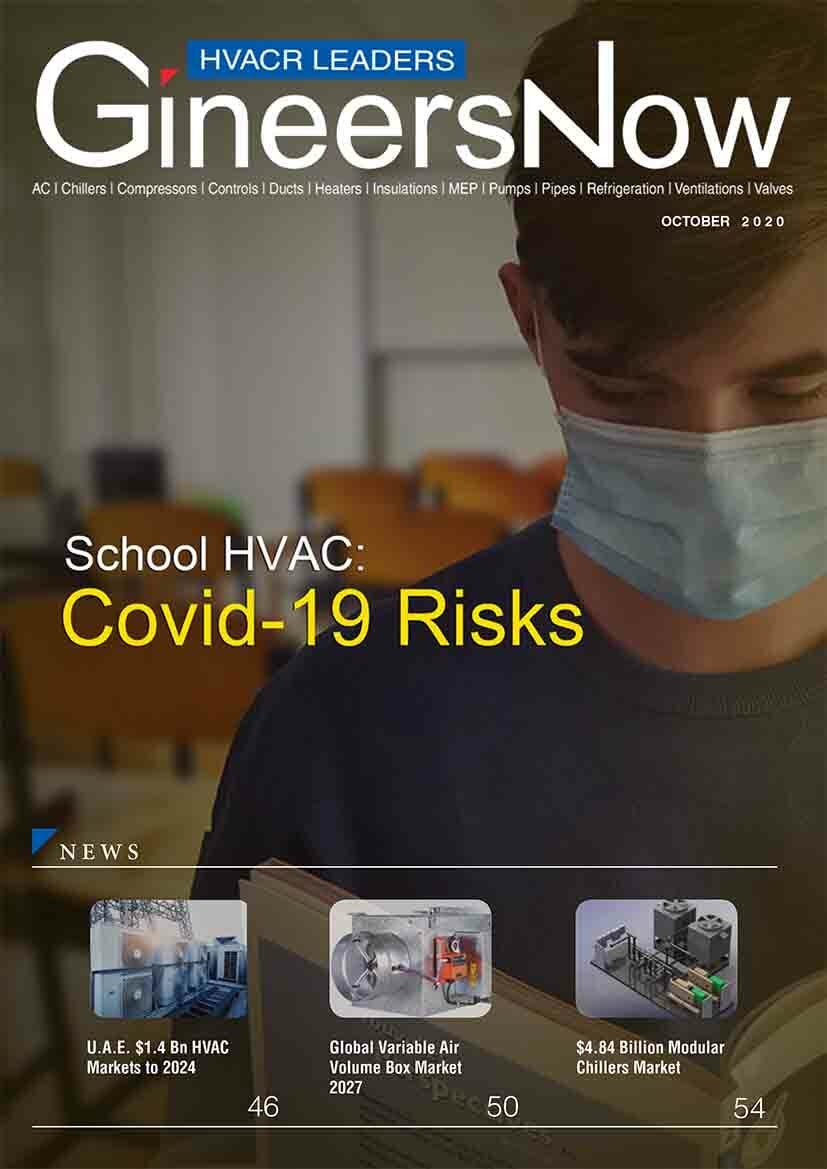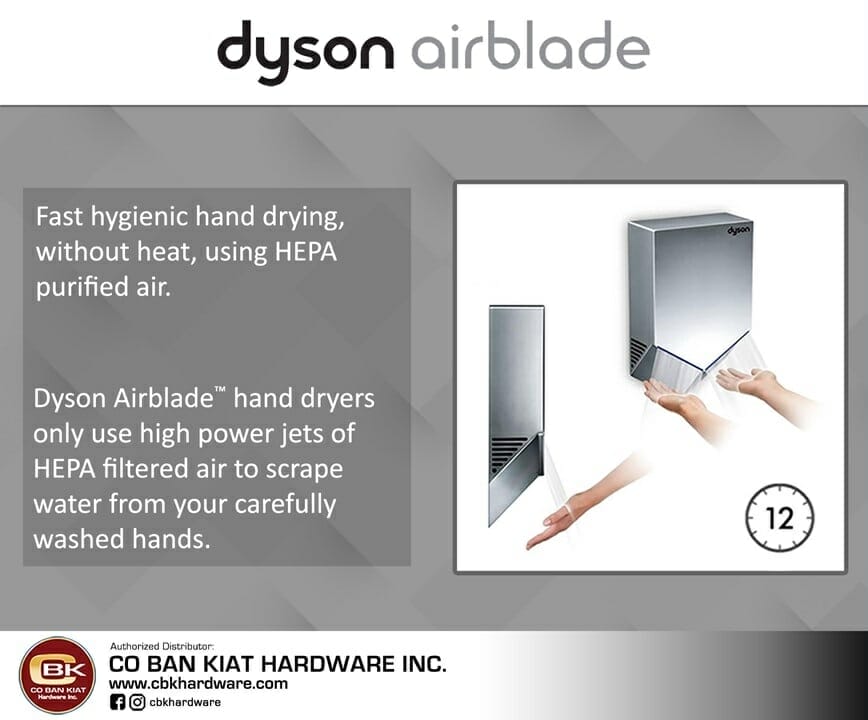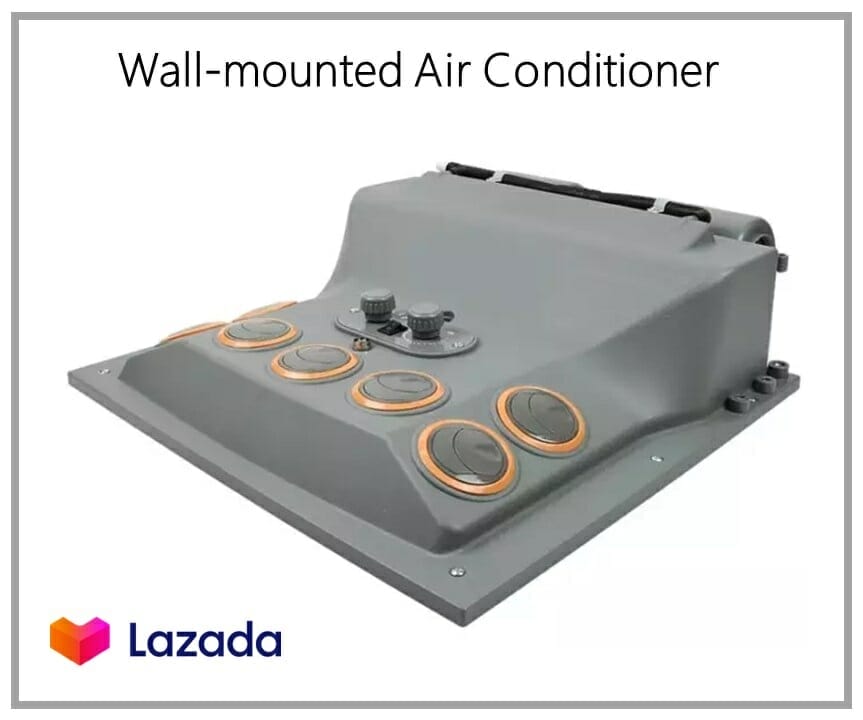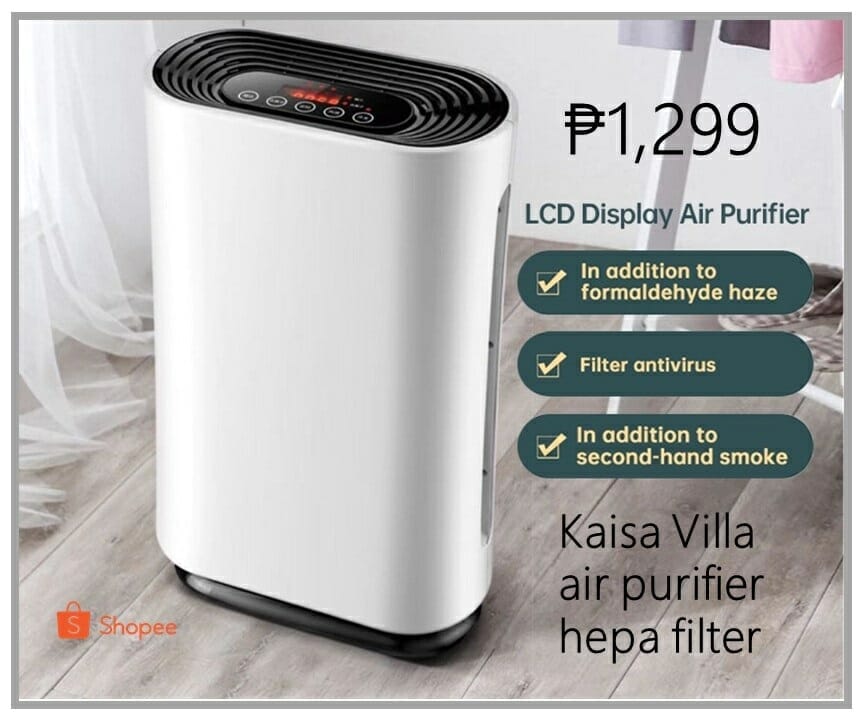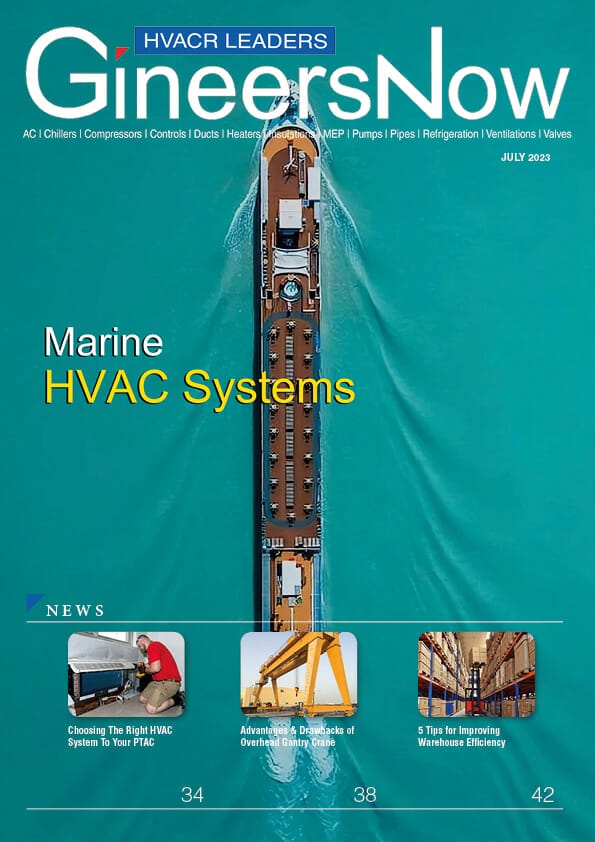School HVAC System
It is inevitable for schools to open amidst the ongoing COVID-19 outbreak.
And with this, school HVAC engineers and university boards are starting to focus on ways to create a relatively disease-free facility for the students. Plans to reduce class size are already under way, along with procuring and stocking up on personal protective equipment and hand washing essentials.
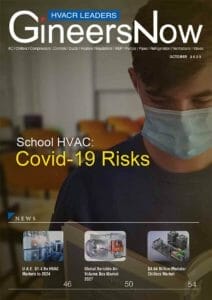
However, there is one source of COVID-19 that many tend to overlook: the air. The disease can easily spread through droplets, which come from a carrier when they breathe, sneeze, or cough. Although under normal circumstances, the droplets can only travel to short distances. However, it has been revealed in several studies that the SARS-CoV-2 virus is likely transmitted through the air over father distances once they are aerosolized.
This problem can be traced back to how buildings, including learning facilities, function. Most buildings recirculate air around a space, and if not filtered or diluted properly, COVID-19 can spread this way. The likelihood of contracting the disease increases dramatically for crowded spaces, like classrooms.
To address this threat, inspection and upgrading of ventilation systems are a must. Guidelines from the American Society of Heating, Refrigerating and Air-Conditioning Engineers (ASHRAE) states that proper indoor air temperature and humidity should be maintained not only for human comfort but also for the reduction of the spread of airborne pathogens.
It is recommended that outside air be increased in indoor spaces and return air is treated via mechanical filtration, as well. Filters should be checked and replaced regularly. Ideally, a HEPA filter should be used whenever possible.
Administrators should also consider having professionals measure and balance the airflow and pressurization of the building, as well as review the building design for possible installation of additional ventilation systems. These facility design recommendations will help the school HVAC retrofit and plan for the improvement of indoor air quality.
Click below to read the magazine


